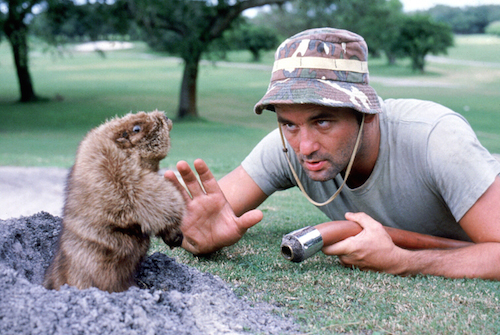Among the unlikely results of a shipwreck 86 years ago is Leonardo DiCaprio’s current starring role in the daydreams of teenage females from Boise to Baghdad. DiCaprio was lucky to be aboard James Cameron’s film Titanic. By now, as everyone knows, the film can be described only in superlatives. It is the most expensive movie ever made, the highest-grossing motion picture of all time, the first film ever to gross $1 billion worldwide. Its soundtrack is surprise the best-selling ever. And it won more Oscars (11) than any film since, God help us, Ben Hur. The ship itself may have sunk for good, but its story has been resurrected, with a mixture of horror and glee, in books, documentaries, exhibitions, movies, and even a Broadway musical. And still they come. Herewith, marking the September release of Titanic on home video, a harvest of new books and booklike things. We might as well begin with another superlative the two biggest, most impressive, and most expensive books on our list. Even if you barely know the Titanic from the good ship Lollipop, you will enjoy Titanic: An Illustrated History, by Don Lynch. Throughout, the lively text is illuminated by photos, drawings, maps, and the beautiful photorealistic paintings of Ken Marschall, who has emerged as the disaster’s visual historian. Marschall gets his own book, with text by Rick Archbold, in a fascinating survey of his three decades of work, Art of Titanic (Hyperion, $40, 0786864559). Sketches, photos, and 80-plus gorgeous paintings illuminate the complicated process of historical illustration. No photograph can match Marschall’s poignant visions of either the gaiety aboard ship or the gloomy depths of the wreckage.
Simon and Schuster is publishing Titanic: Fortune and Fate ($30, 0684857103), the companion volume to the Mariner’s Museum exhibition of the same name. Artifacts include personal mementos, letters, and other moving records of the lives lost that night in 1912, with a text emphasizing less the well-known play-by-play and more the personalities involved. There are all sorts of stories of the shipwreck, but naturally eyewitness accounts are the most impressive. One such survivor, an observant young woman named Violet Jessup, wrote her memoirs in 1934. They are published for the first time in Titanic Survivor: The Newly Discovered Memoirs of Violet Jessup, Who Survived Both the Titanic and Britannic Disasters (Sheridan House, $23.95, 1574090356). She was a steward aboard the Titanic and a wartime nurse aboard the Britannic, and her story is as compelling as any in the disaster’s lore. Surprisingly, it’s also funny.
If you worry you missed the boat and want to catch up, you might try The Complete Idiot’s Guide to the Titanic (Alpha Books, $18.95, 0028627121), by Jay Stevenson and Sharon Rutman. Like others in this series (which add up to a veritable idiot’s encyclopedia), this book manages to cram an astonishing amount of information into an irresistible browser format. Robert D. Ballard, co-leader of the 1985 expedition that found the sunken ship, first published his story in 1987. Now there is a newly updated trade paperback edition, The Discovery of the Titanic: Exploring the Greatest of All Lost Ships (Warner, $13.99, 0446671746), by Robert D. Ballard. Its many illustrations include paintings and touching sea-bottom photos.
If you really want to get behind the scenes, you should turn to a paperback entitled The Titanic Disaster Hearings: The Official Transcripts of the 1912 Senate Investigation (Pocket, $7.99, 0671025538), edited by Tom Kuntz. Following its 500 or so pages of compelling (okay, somewhat compelling) transcripts you’ll find an index of witnesses and a digest of their testimony. The most original new contributions to Titaniana are not even books at all. The Titanic Collection: Mementos of the Maiden Voyage (Chronicle, $24.95, 0811820521) is a handsomely packaged collection of facsimile documents. They come in a booklike box designed to resemble a steamer trunk, complete with hinges. A tray sets inside the trunk, and both spaces are filled with extraordinary facsimiles. Items include copies of a first class passenger ticket, the menu for the fateful night, the music repertoire, telegraph flimsies, luggage labels (yes, they’re adhesive), smudged and scribbled postcards, and many other documents. The packaging on Titanic: The Official Story (Random House, $25, 0375501150) is not quite so impressive, but the facsimiles are great fun. These documents are larger, and include stateroom charts, a newspaper page, the ship’s register form, telegrams. Far more evocative than mere photos of artifacts.
As you leave the bookstore with this armload, on your way to buy the video of Cameron’s *Titanic*, rest easy in the knowledge that at least a sequel seems unlikely.
Michael Sims is a frequent contributor to BookPage and the author of Darwin’s Orchestra (Henry Holt).




























